1 part organic houseplant soil + 1 part perlite + 1 part coco coir or orchid bark
The best potting mix for Calatheas is one that retains moisture while draining well. Plus, it has to be lightly acidic with a pH value of 6.5 to help them get the nutrients needed to grow.
With this in mind, here’s a good recipe for a Calathea soil mix you can follow: mix one part organic houseplant soil, one part perlite, and one part coco coir or orchid bark.
Learn more about the Calathea plant’s ideal soil. Here, we’ll discuss the significance of the right soil, various soil ingredients, how to mix them, and more!
The Significance of the Right Soil
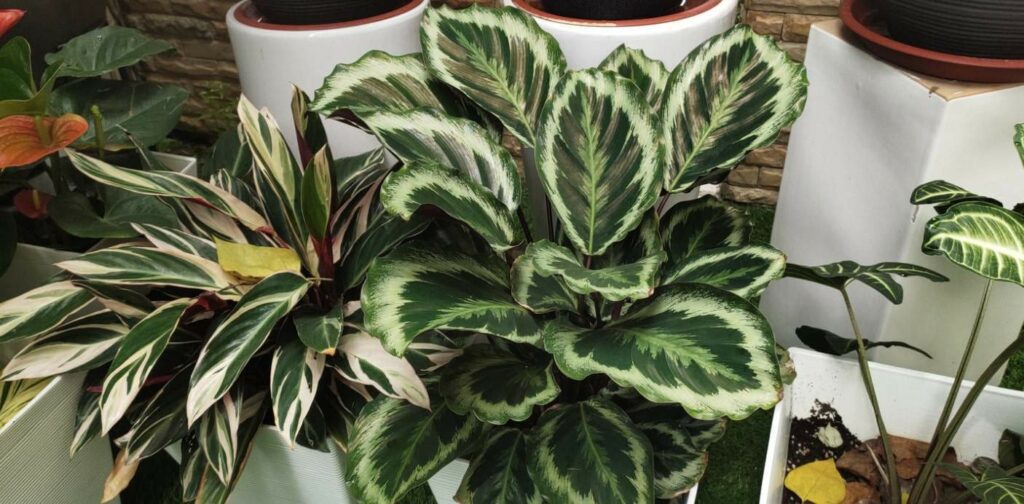

Soil is a crucial factor in growing and caring for Calatheas. Thus, you must establish them in the right soil for them to grow healthily and vigorously.
Firstly, not giving them the right soil will make the plants prone to overwatering. When the soil is sodden, the whole plant drowns, and in particular, its roots become damaged.
There are several harmful effects of overwatering such as wilting or yellowing leaves, stunted or no growth, pest infestation, unsightly mold and mildew spots, and root damage.
Secondly, you could also unintentionally provide the plant with less water than it needs with the wrong soil. And this can occur if Calathea’s soil is too loose since the moisture will drain out or dry quickly, leaving nothing for the plant to use.
Thirdly, just like all plants, Calatheas need aeration besides moisture drainage and retention. Having aeration or air circulating within and through their soil allows them to breathe well.
As a result, they can function normally and can convert air, along with light and water, into sugar. Sugar is then broken down by the plant into energy by photosynthesis.
Fourth and last, Calathea soil must be amended with organic matter or plant remains, which gives them or increases their uptake of nutrients from the soil.
Plus, they have to be fed plant food every month in summer and spring—their growing seasons. This ensures that they will get all the nutrients they need in order to grow and thrive.
Things to Consider When Mixing Calathea Soil


When making or getting the right Calathea soil mix, it’s essential to take these things into account:
Water Drainage
Well-draining soil is one of the most important requirements for a plant’s healthy growth. This type of soil allows the water to drain through it at a moderate rate.
So that means that the water won’t stay and pool around the soil, which can easily become a breeding ground for plant bacteria and diseases.
If that happens, the plant’s nutrient and oxygen intake will be cut off, causing it to weaken and eventually, die.
How to make compact soil well-draining? Some soils tend to harden or clump over time. To avoid or fix this problem, amend the soil with organic matter, such as compost, perlite, or vermiculite.
Moisture Retention
Calathea soil must not only be well-drained but also be capable of retaining moisture.
What moisture retention means is that the soil will stay slightly wet or moist even after the water has drained out of it.
This way, the plant will get ample water and air in order to survive.
How to improve moisture retention? You can layer mulch on top of the plant. Some examples of mulch are dried pine needles, chipped bark, shredded leaves, and fresh hay.
Aeration
Aeration, drainage, and moisture retention all work together for the good of the plant. They’re interrelated in that aeration gives Calathea a healthy supply of air for it to be able to make food.
Also, aeration is a sign that the soil is porous with small holes for water and air to enter and drain out of them at a good rate. If the soil is compact, air can’t travel as freely as it can if it were porous.
That will result in the plant having excess carbon dioxide but not much oxygen. And so, it can’t breathe properly, hindering its ability to grow and flourish.
How to improve aeration? You just need to introduce coarse material into the soil. Shredded bark, perlite, fine gravel, or decorative stones are excellent ingredients that add more air pockets to the soil.
pH Level
Don’t forget that the soil has to be slightly acidic with an exact pH value of 6.5. This is vital, as it determines the amount of nutrients that the soil can absorb.
Furthermore, it helps to build an optimal environment for beneficial bacteria and soil organisms. In very simple terms, they nourish and enhance the soil by just doing their work in nature.
How to achieve slightly acidic soil? If you need to raise the pH level or make it less acidic, add agricultural limestone to the soil, but if you need to lower the pH level or make it more acidic, use pine needles or peat moss to adjust it.
Nutrient Content
Calathea potting soil should not be just any soil like one taken from your backyard or obtained from a nursery without you being aware of its nutrient content.
The soil should be of high quality and a good source of macronutrients nitrogen (N), potassium (P), and phosphorus (K). For this, it has to be mixed with organic matter or aged manure.
Compost or organic matter is like healthy vitamins or supplements for a plant. It will help the plant grow faster and more beautiful as well as resist pests and diseases.
How to make the soil healthier? Potting soil can be made healthier by layering different types of compost on top of the Calathea for a balanced NPK ratio or by applying a well-rounded fertilizer monthly after watering.
Calathea Soil Components
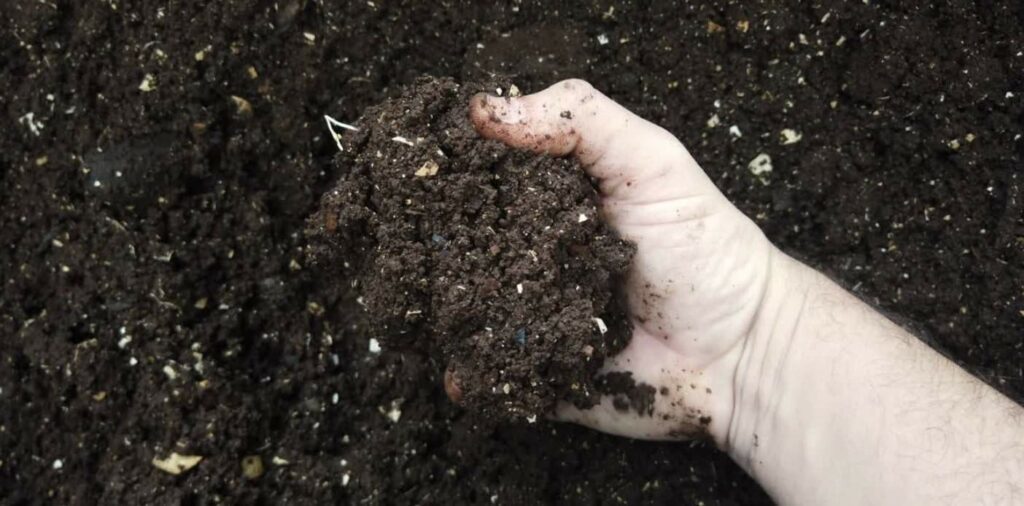

So that you’ll know which to use for the potting mix, let’s take a look at the key soil components of the Calathea plant.
Perlite
This consists of soft volcanic rocks that significantly benefit the soil’s drainage and aeration. Aside from that, it doesn’t hold too much water, which is great for preventing overwatering.
Orchid Bark
Orchid bark are small chipped wood pieces obtained from a coniferous tree. It can be added directly to the soil.
This is an excellent ingredient owing to its number of benefits. Among them are improving the aeration and drainage of the plant and giving it more nutrients too.
Coconut Coir
Made from coconut husks, coconut coir is a fantastic component due to its drainage and moisture-retentive properties. In fact, it’s capable of holding water that’s ten times its weight!
As for their appearance, they’re light, brown, and muddy and somehow resemble the shape of loose tea.
Worm Castings
Worm castings are intricate soil matter that has been chemically altered by worms through ingesting and vomiting it.
This is a useful ingredient for your Calathea because it gives it all the nutrients the plant needs to survive and grow. Also, it helpfully regulates the soil between a pH level of 6 and 7 in which the plant thrives.
Activated Charcoal
Activated charcoal is another great soil ingredient for the plant. It’s the result of engineered charcoal that has been exposed to extreme heat, gas, and chemicals.
What this porous material does is help the plant drain out excess moisture, keep pests at bay, and prevent fungal diseases. Hence, it can keep your Calathea happy and healthy all the time.
How to Make a DIY Soil Recipe for Calathea
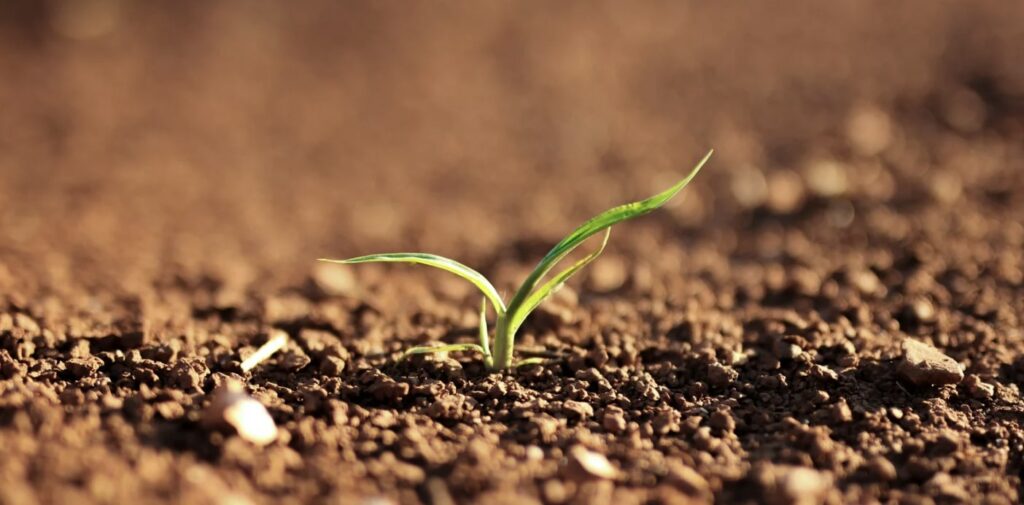

There are three recipes you can follow to make a DIY Calathea potting soil. And these are
Recipe 1
It’s the recipe we recommended earlier in the intro, which is as follows:
- 1 part potting mix amended with compost
- 1 part perlite
- 1 part coco coir or orchid bark
Recipe 2
- 25% part orchid bark
- 25% part perlite
- 25% part coco coir
- 10% worm castings
- 5% activated charcoal
Recipe 3
If you’re lacking some ingredients, we suggest using this easy recipe:
- 70% potting soil
- 30% perlite
You can just buy the potting soil from local nurseries or garden center and just add perlite. It’s not as optimal as the other kinds, but it should work fine for your Calathea.
How to Mix the Calathea Soil Ingredients
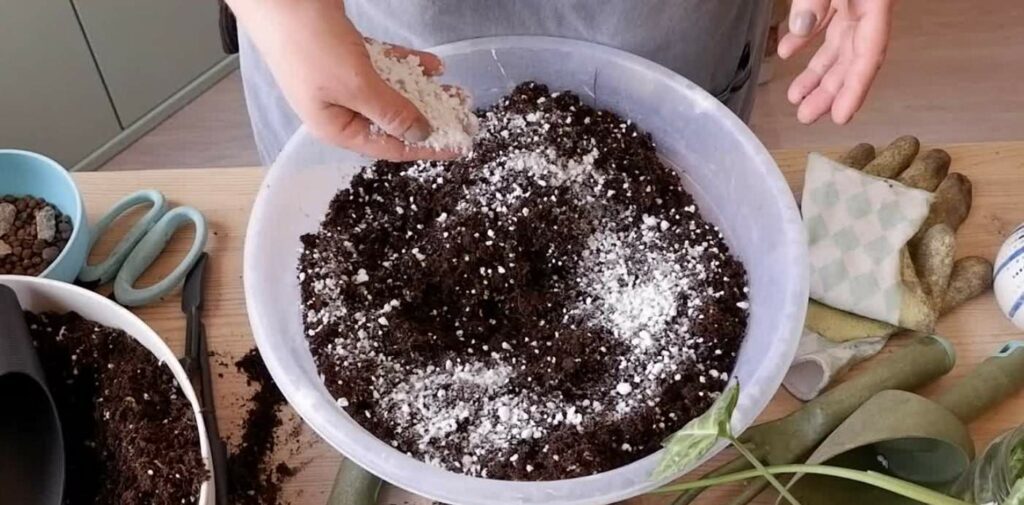

Mixing Calathea soil simply involves combining the mentioned ingredients in the right amount in a plastic vessel or bucket and stirring the mixture thoroughly with a garden trowel or spoon.
So that you won’t have to mix again when repotting your Calatheas, we suggest using a bucket as your mixing container. Then you can store a large quantity of potting mix for when you’ll need it again.
FAQS about Calathea Plant Soil
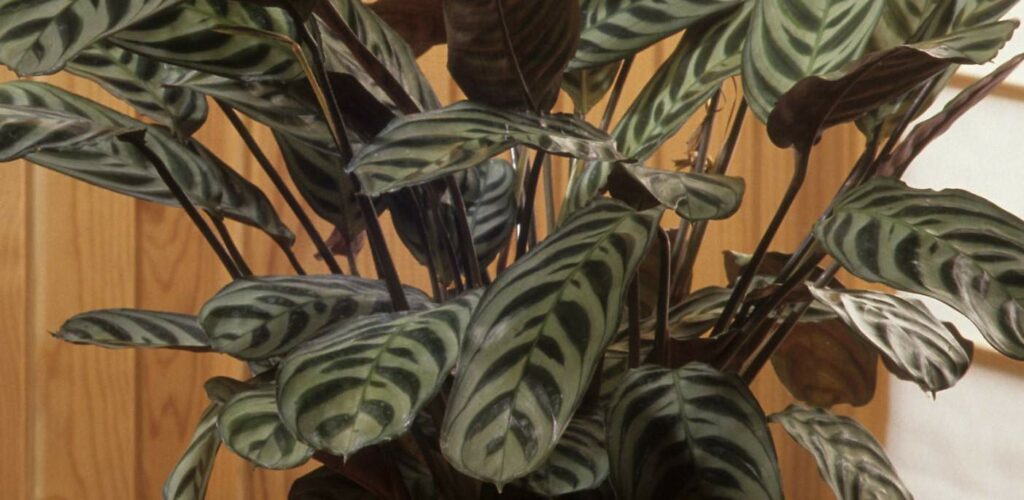

- What brand of Calathea potting soil should I get?
FoxFarm Ocean Forest is one great premixed soil for Calatheas, especially if you’re a gardening rookie.
The reason is that this commercial soil mix is already porous, well-drained, and a bit acidic—almost perfect for the plant.
However, it’s way costlier than if you try to make the potting mix yourself. In fact, you can save twice as much on your expenses with the latter.
- Is cactus soil good for Calatheas?
Using cactus soil for your Calathea can work. Made mostly of inorganic materials like perlite, pumice, sand, and gravel, it’s known for its excellent drainage, but it doesn’t hold moisture.
Cactus soil fits cacti and succulents more than Calatheas, as they don’t require as much moisture. Also, cacti and succulents can tolerate dry spells and don’t need much upkeep.
So if possible, we still recommend using an organic houseplant potting mix for your Calathea for great drainage, aeration, and moisture-holding benefits.
- Do Calatheas like large pots?
Calatheas don’t like large pots because that would keep them wetter than normal and take their soil a lot longer to dry. So, they love those that are only slightly larger than their root mass, with drainage holes, if possible, in order to grow optimally.



